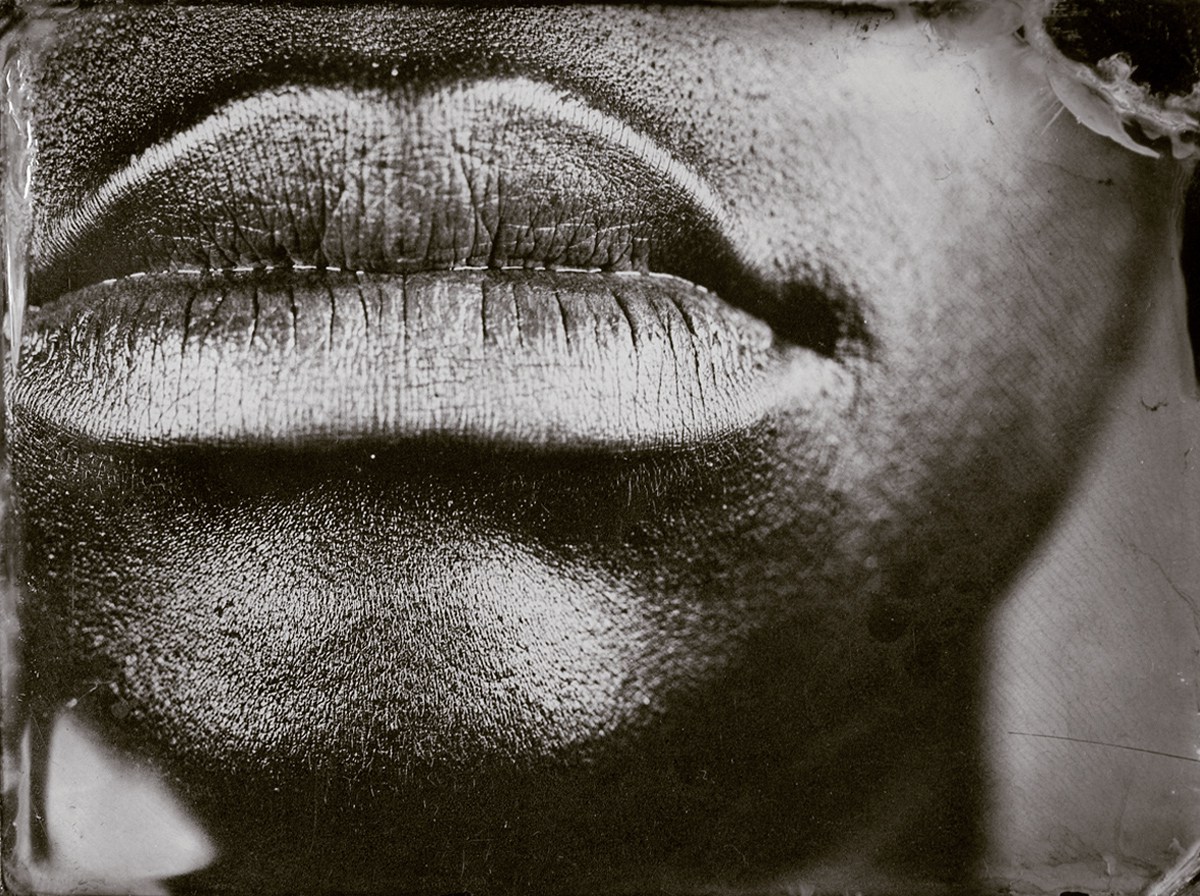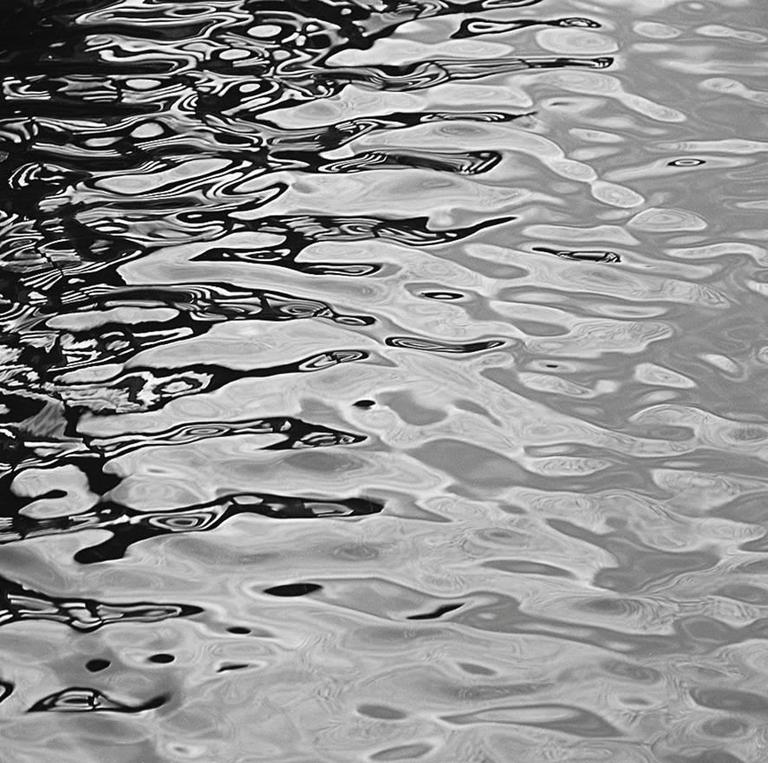

They can also be stored in plastic film folders and sleeves, such as uncoated, unplasticized, virgin polyester terephthalate, poly(ethylene), and poly(propylene). Silver gelatin prints should be stored in good quality paper-board folders, to protect from light, dust, and handling.The exposed paper is developed (to reduce the silver ions), stopped (to stop the reduction/darkening), fixed (to remove the unexposed silver salts), and washed (to remove any trace chemicals from the previous baths). Light is passed through the negative onto sensitized photo paper, which is then chemically developed-out. The silver gelatin developing-out process involves exposing and developing a negative, which can be placed into an enlarger.
#SILVER GELATIN PRINT FREE#
The silver ion is then reduced to become free silver, which creates the dark areas of a photographic image. Image creation in all silver halide processes involves sensitizing a substrate with silver halide, and exposing it to light, which breaks the bond between the silver and the halide. Paper substrates used in direct contact processes are usually sized to withstand the numerous immersion baths required during processing.Īnalysis Basic Process Overview Silver-gelatin emulsions can be applied to numerous types of substrates including paper. Both processes can be toned to different colors with the addition of a toning process during development, using other minerals such as selenium or gold.

Pristine silver-gelatin developing-out photographs are generally monochromatic, blue-black and white in appearance.

Pristine silver gelatin printing-out photographs can range in color from warm browns to cool purples because of the nature of the development of the photolytic silver strand. It can either be partially within the paper structure as with printing-out processes, or on top of a baryta layer as with developing-out processes. Identification Characteristics Image layer Historic and Contemporary Practitioners: As one of the most widely used processes in the 20th c., just about anyone working in this period did work with silver-gelatin at one time or another whether amateur, professional, or copyist. 1894 Baryta layers added to commercial Developing-Out Papers (DOP), 1900 introduced to Kodak papers.1874 Commercial production of gelatin for Developing-Out Papers (DOP).Invented: 1871, Richard Leach Maddox 1878 improvements, Charles Harper Bennet Silver-gelatin processes are still used by photographic artists. Silver-gelatin's market dominance was replaced by digital image technology. Papers with silver sensitized emulsion layers were used widely for pictorial image making, documentation, and copying processes into the 21st c. Silver Gelatin Developing-Out, Resin Coated (RC), Photo-Stat 1 Silver Gelatin Developing-Out, Resin Coated (RC), Photo-Stat.It is written for the beginner to experienced photographer, with processes initially explained in such a way that anyone will feel comfortable getting started, as well as information in increasing levels of complexity so that experienced photographers who enjoy a challenge will also find one. The Handmade Silver Gelatin Emulsion Print is for photographers who love the look and creative potential of black and white traditional photography but who want more control over the process and the end product. Paper negatives and making hand-drawn and digital masks.Matte surface and baryta coating surface paper.Making and toning your own printing-out paper (POP).

Kodabromide-type chlorobromide all-purpose paper.Gaslight chloride contact printing paper.Working with various negative options, analog and digital.Basic emulsion chemistry and paper coating techniques.Creating work spaces with the right tools and materials.Vocabulary: a list of terms used by traditional photographers and emulsion makers The book features over 200 full-color images and covers key topics including: The book is divided into three sections: Section One lays the groundwork for this unique alternative process Section Two provides the recipes Section Three highlights contemporary silver gelatin artists. Author Denise Ross draws from photographic literature from the last 135 years, adapting old recipes to fit modern tools, materials, and work spaces and modern twists have been applied to traditional techniques. The Handmade Silver Gelatin Emulsion Print is a cookbook of simple, basic recipes for making black and white printing paper and paper negatives, along with creative options for printing, toning, and coloring.


 0 kommentar(er)
0 kommentar(er)
